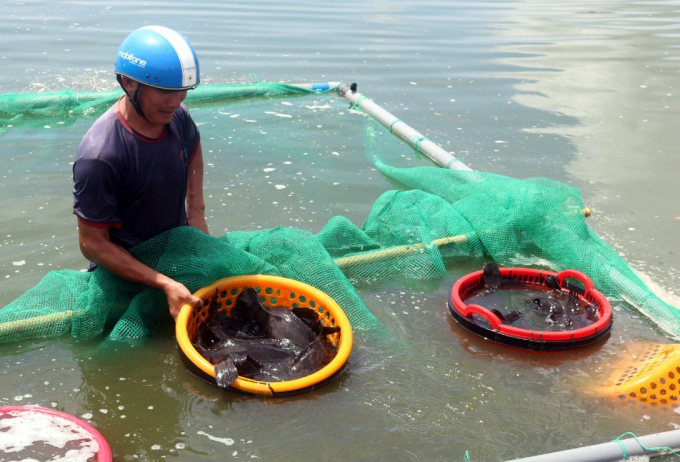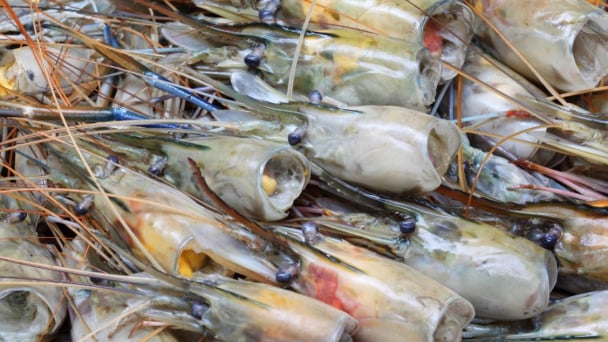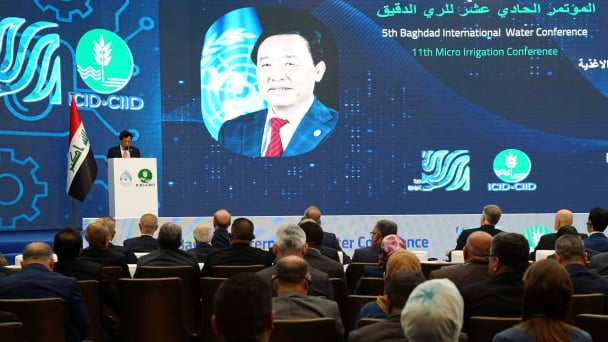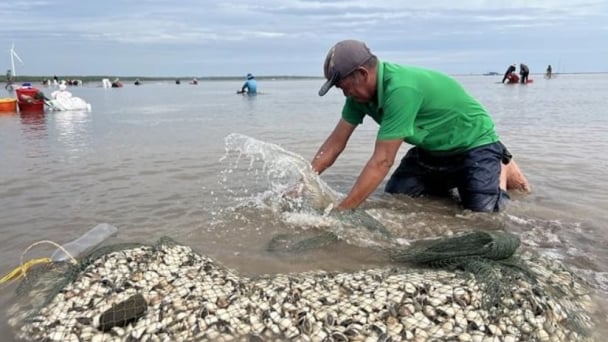May 30, 2025 | 17:52 GMT +7
May 30, 2025 | 17:52 GMT +7
Hotline: 0913.378.918
May 30, 2025 | 17:52 GMT +7
Hotline: 0913.378.918

Aquaculture in Vietnam still has a lot of room for development.
In recent years, Vietnam's aquatic resources have shown signs of significant decline. In 2020, the total fishery production reached about 3.65 million tons.
To cope with such a situation, the Prime Minister has approved a strategy to develop Vietnam's seafood until 2030, with a vision to 2045, with a goal to reduce fishing output to 2.8 million tons, at the same time increase aquaculture production to 7 million tons by 2030.
The potential for Vietnamese aquaculture is reportedly very large, especially in the context that seafood resources are increasingly depleted. Another reason is that raw materials for processing export aquatic products depend on imports.
Vietnam has 1 million square kilometers of variable water surface but the fishery output is still limited and has not yet met the market demand. Although the country has potential for aquaculture development, its total production only reached 4.56 million tons in 2020. The country's marine aquaculture is still fragmented on a small scale, so its potential and natural advantages have not been exploited yet.
Nhu Van Can, Director of the Aquaculture Department, said that Vietnam is one of the five countries with the largest total seafood output and export turnover in the world. According to a report from the Directorate of Fisheries, the country has a total area of 500,000 ha with high potential for aquaculture development, of which, 270,000 ha is offshore water surface, and 150,000 ha is coastal tidal area.
According to Mr. Can, shifting from fishing to aquaculture is inevitable, due to the increasing consumption demand along with an increase in population. This is also the Government's orientation that has been included in development projects.
"We need to develop aquaculture models suitable for each geographical region. Moreover, technological factors also need to be focused," Mr. Can said.
Despite a development orientation has been set up, marine aquaculture still has faced problems of mechanisms and policies on the allocation and lease of water surface. According to Mr. Can, the Ministry of Agriculture and Rural Development (MARD) is developing a new decree to replace Decree 67 on marine economic development, at the same time setting up mechanisms and infrastructure investment for marine aquaculture, as well as solving issues in insurance and conservation so that to reduce to a minimum the risks and encourage investors.
During the Conference on Fisheries Adaption to the Covid-19 Prevention and Control in the fourth quarter of 2021, MARD Deputy Minister Phung Duc Tien also emphasized the importance of marine farming and aquaculture.
"We have prepared all resources for the exploitation, farming, and conservation of aquatic products, from the system of legal documents, plans, programs and projects. If they are done on schedule, the fisheries sector will have a big strategy in expanding the restructuring space", the Deputy Minister shared.
In the coming time, leaders of the agricultural sector suggested that the locality focus on investing in construction, especially equipping monitoring systems for fishing ports; strengthening the capacity and progress of seafood projects with local investment capital, in order to thoroughly overcome shortcomings for sustainable development and increase added value for the industry.
In addition, MARD Deputy Minister Phung Duc Tien requested each seafood sector, especially aquaculture, to outline authentic and effective solutions.
Translated by Linh Nguyen

(VAN) Seafood by-products are opening a new path, combining green growth and technological innovation to enhance the industry's value.

(VAN) Mr. Nguyen Thanh Cong, Vice Chairman of the Son La Provincial People's Committee, reflects on Son La’s journey from barren hills to fruitful orchards after a decade of hard work.

(VAN) FAO’s Director-General addresses the 5th Baghdad International Water Conference.
/2025/05/26/1716-4-nongnghiep-191706.jpg)
(VAN) Chain linkages, technological innovation, and raw material zoning are three strategic pillars for the coconut industry to strongly develop and elevate its position on the global agricultural map.
![Advanced mariculture – an inevitable trend: [4] Accompanied by scientists](https://t.ex-cdn.com/nongnghiepmoitruong.vn/608w/files/sohk/2025/05/13/1941-pgsts-vo-van-nha-140958_717.jpg)
(VAN) According to Assoc. Prof. Dr. Vo Van Nha, Director of the RIA III, the development of advanced offshore mariculture is no longer an option but an essential path for Vietnam’s fisheries sector.

(VAN) Vietnam is intensifying the development of mollusk farming areas that meet international standards, aiming for sustainable growth and enhancing its export position in the global seafood market.
![Advanced mariculture – an inevitable trend: [3] Policy-driven momentum](https://t.ex-cdn.com/nongnghiepmoitruong.vn/608w/files/doanhtq/2025/05/21/0104-0616-0348-nuoi-bien-170339_789.jpg)
(VAN) To ensure the success of offshore mariculture that uses advanced technologies, it is essential to establish supportive policies that inspire both individuals and enterprises to invest with confidence.